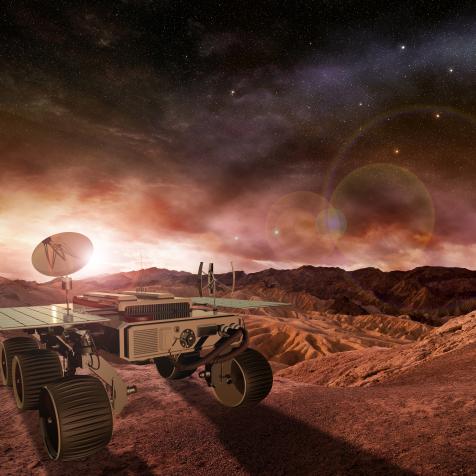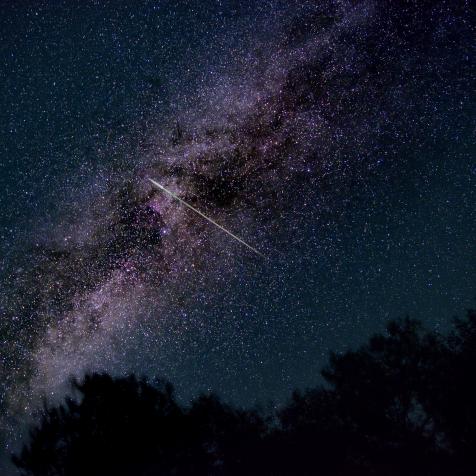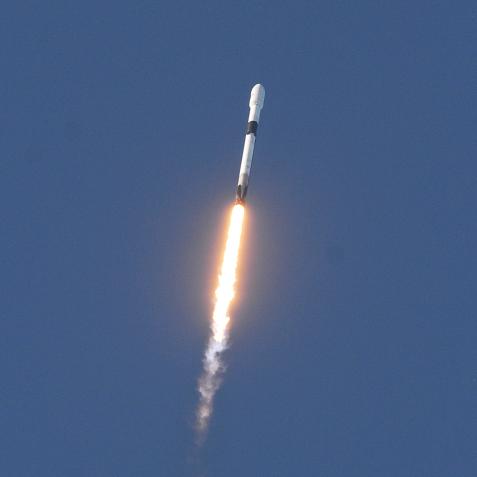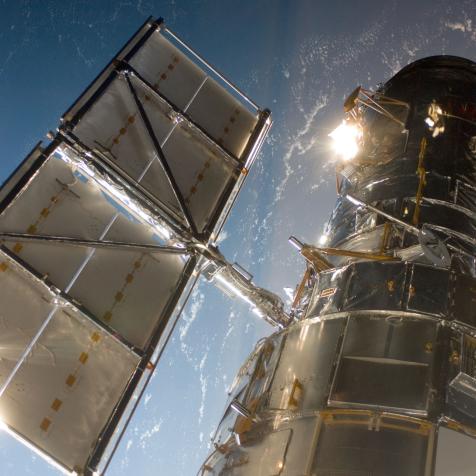
Curiosity Daily Podcast: Space Race Stories (w/ Dr. David Warmflash), Why Produce Sparks, and a 1-3-5 To-Do List
Learn about why metals, fruit, and vegetables spark in the microwave, and the 1-3-5 method for arranging your to-do list. Plus, hear a couple lesser-known stories from the 20th-century space race between the U.S. and the Soviet Union, with some help from a special guest, Dr. David Warmflash.
Episode Show Notes:
In this podcast, Cody Gough and Ashley Hamer discuss the following stories from Curiosity.com to help you get smarter and learn something new in just a few minutes:
- Here's Why Fruit and Vegetables Spark in the Microwave — https://curiosity.im/2tJrzCQ
- Arrange Your To-Do List According to the 1-3-5 Method — https://curiosity.im/2tGg5jD
Additional resources from Dr. David Warmflash:
- Pick up “Moon: An Illustrated History: From Ancient Myths to the Colonies of Tomorrow” on Amazon — https://amazon.com
- Follow @CosmicEvolution on Twitter — https://twitter.com/CosmicEvolution
- Moon Monday Episode 1: Saros Cycles — https://omny.fm/shows/curiosity-podcast/saros-cycles-w-dr-david-warmflash-the-eiffel-tower
- Moon Monday Episode 2: The Eclipse War — https://omny.fm/shows/curiosity-podcast/narcissism-lessons-the-war-stopping-eclipse-w-dr-d
- Moon Monday Episode 3: Space Race — https://omny.fm/shows/curiosity-podcast/craving-healthy-foods-what-grew-astronomy-w-dr-dav
If you love our show and you're interested in hearing full-length interviews, then please consider supporting us on Patreon. You'll get exclusive episodes and access to our archives as soon as you become a Patron! https://www.patreon.com/curiositydotcom
Download the FREE 5-star Curiosity app for Android and iOS at https://curiosity.im/podcast-app. And Amazon smart speaker users: you can listen to our podcast as part of your Amazon Alexa Flash Briefing — just click “enable” here: https://curiosity.im/podcast-flash-briefing.
See omnystudio.com/listener for privacy information.











































































